Sony’s devotion and loyalty to foundational axiom are Sony’s family ties. Mr. Tsunoda explained both behind winks and smiles. Not only has he been with Sony for twenty seven years, he pioneered the technology behind the headphones, from their genesis to civilised stability.
Sony’s engineers enthusiastically agreed on one thing in particular: that the physical presence holding properties, and reverb, of air, should be expressed in the final output of an audio device. In particular, this was important for the headphones. In 2014 Sony released their first 70mm driver, which by their own admission, was light on high frequency information. Today’s driver can spit 120kHz at the top end- naturally at depressed, but measurable sound levels. That raises a few questions: how many non-Sony headphones are capable of the same? And, even if the Sonys aren’t unique in re-producing 120kHz, why don’t Sony emphasise the upper mids and lower highs more? I love the MDR-Z1R for many reasons. But I really wish it had more bite and less high-end roll off.
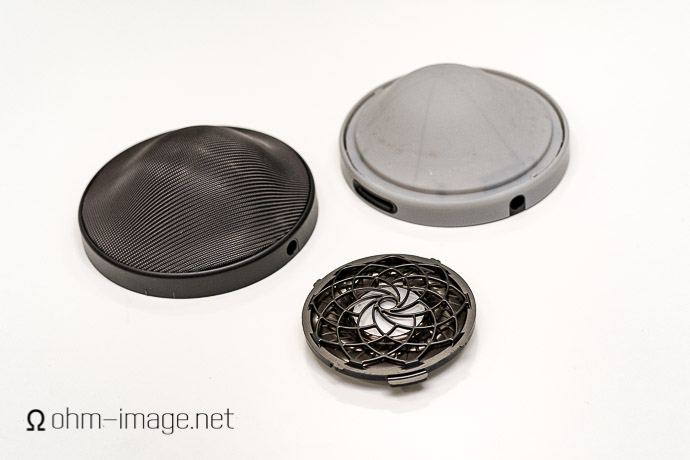
Mr. Tsunoda spent twelve years perfecting the MDR-Z1R’s resonance-proof housing and another seven to deliver a magnesium dome thin enough to deliver the detail necessary. Engineering a 70mm dynamic driver is no mean feat. Nineteen years. That’s almost decades. Sony’s labours of love and focus on perfecting product lines outlive many audio companies. Mr. Tsunoda asked me which of the Beatles is the most prominent. Not being a Beatles fan I demurred. If I said Ringo Starr just to be ironic might the interview be cut short? If I said Paul, I’d show myself a hipster. If I said John… Fortunately, the question was rhetorical. John he said. Vocals should be as natural, clear, and focused as possible, because everything else typical to band music buttresses the narrative and emotional power of the voice. A good design doesn’t push forward vocals, a good design naturally emphasises or massages vocals to a tight front, supporting them, creating space for them, and allowing their air to pervade the rest. I agree.

Since the mid 90s I’ve been a Sony user. The first big money I laid down was for the MZ-R37 Minidisk recorder I mentioned above. I thought I had purchased my final Minidisk recorder in 2005. It could play 1GB Hi-MD disks, MP3, and even upload to a computer from ATRAC. It was all the things MD should have been from inception. Today I record audio using Sony’s PCM-D50 PCM recorder. Its microphone amps are amazing. It records amazing detail from its line input. It has power. And despite the memory war already being decided against Sony, the D50 uses Memory Sticks. Near misses mar many of Sony’s best technology.
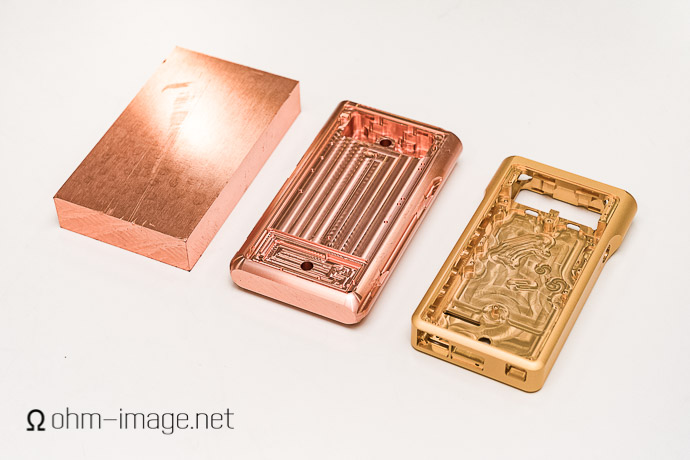
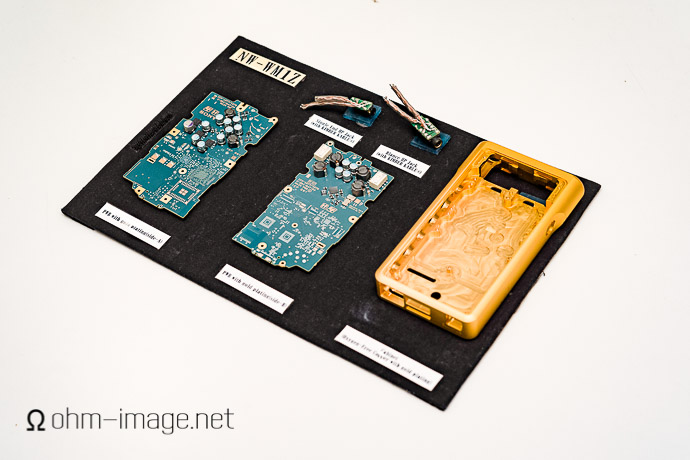
Excepting things like computers and a few quality hiccups in portable audio in the late 1990s, Sony design the best stuff. They make the best stuff. And yet there is almost always a caveat to process. The TA-ZH1ES’s isn’t something selfishly proprietary like Memory Sticks, it’s its single-ended output, which clearly is outclassed by its balanced output. It didn’t have to be, but that’s the way it is. Caveat emptor: use for its balanced output. Their Hi-Res DAPs’s caveat is line hiss, which is notably higher than an iPhone. But, looking back to the Minidisk era, Sony’s digital amps clearly hissed more than their Sharp counterparts, and far less than Kenwood’s Clear Digital amps. Worse offenders are dime a dozen. iBasso’s latest DX series hiss like the Dickens. The MDR-Z1R is the most comfortable and well designed high-end headphone I’ve ever tried. I wish it sparkled more at the top. But that’s not an objective caveat. That’s personal.
As I tap out final edits to this article, my NW-ZX300 churns Chicane through Sony’s excellent MDR-EX1000 earphones. I’m furiously debating whether or not I will purchase the TA-ZH1ES to add to my collection of ES-branded Sony gear. Single ended performance excepted, it is one of the best desktop audio devices I’ve ever used. From its sleek design to its stylised output, amazing array of outputs, and fine machining, it reeks of Sony.
And the more I think about it, so do I.
I would like to finish with a huge thanks to Sony for allowing me two hours with some of the word’s best audio engineers, to Lieven for setting this one up, and my mum, for believing in me. Thank you everyone.





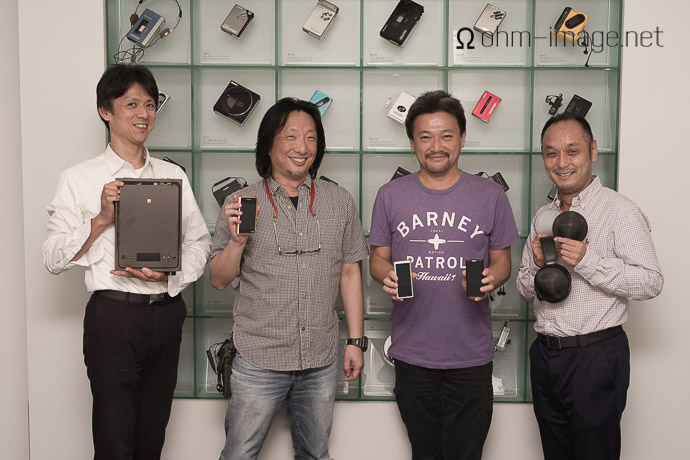
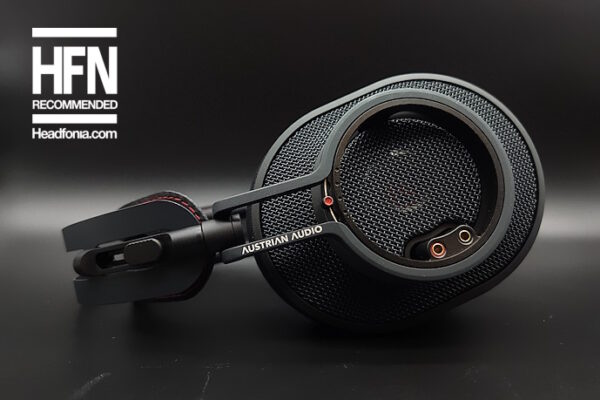

Booker
Great interview, I love hearing about what the designers are thinking when they make these products that us in this hobbie drool over and (over)analyze.
Sadly I haven’t heard any of the new hi-res Sony lineup, including headphones. Like you, I had a portable Sony MD player that was my daily commute entertainment for years. In fact, my main home stereo is a Sony system with an MD slot, and optical input, still going strong despite being made in the year 2000. I was looking into the TA-ZH1ES a while back and this has definitely stirred my interest again 🙂
Nathan
Thanks for the encouragement. The TA-ZH1ES is the real deal.
Jonathan
Great piece about Sony! I have two questions Nathan.
1. Are you using any EQ with the EX1000 and the ZX300? If so, how are you equin them?
2. Do you know what is the output impedance (OI) of the ZX300?
Thanks again!
Jon
Nathan
I don’t use EQ with the EX1000, but I use MegaBass setting 1 when I can, about 1/3 of the time. Love it. I don’t know the output impedance of the ZX300, but it’s not super low. I really do need to start testing that. I just don’t have a working multimeter anymore.